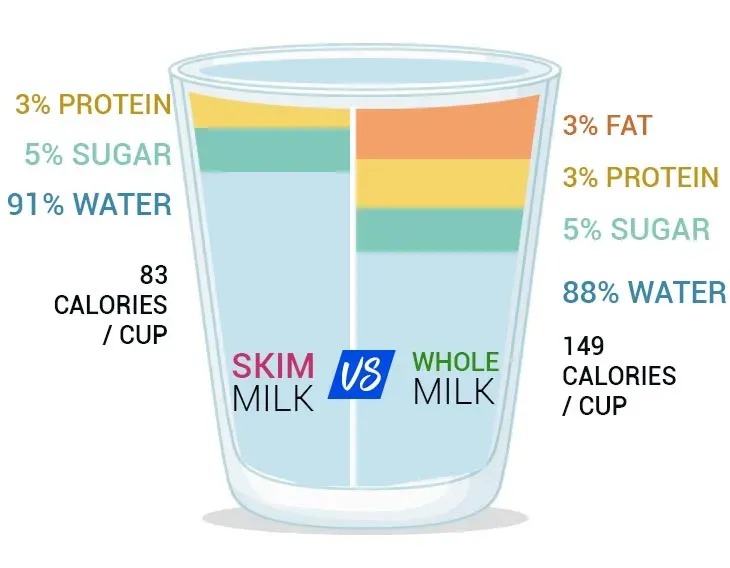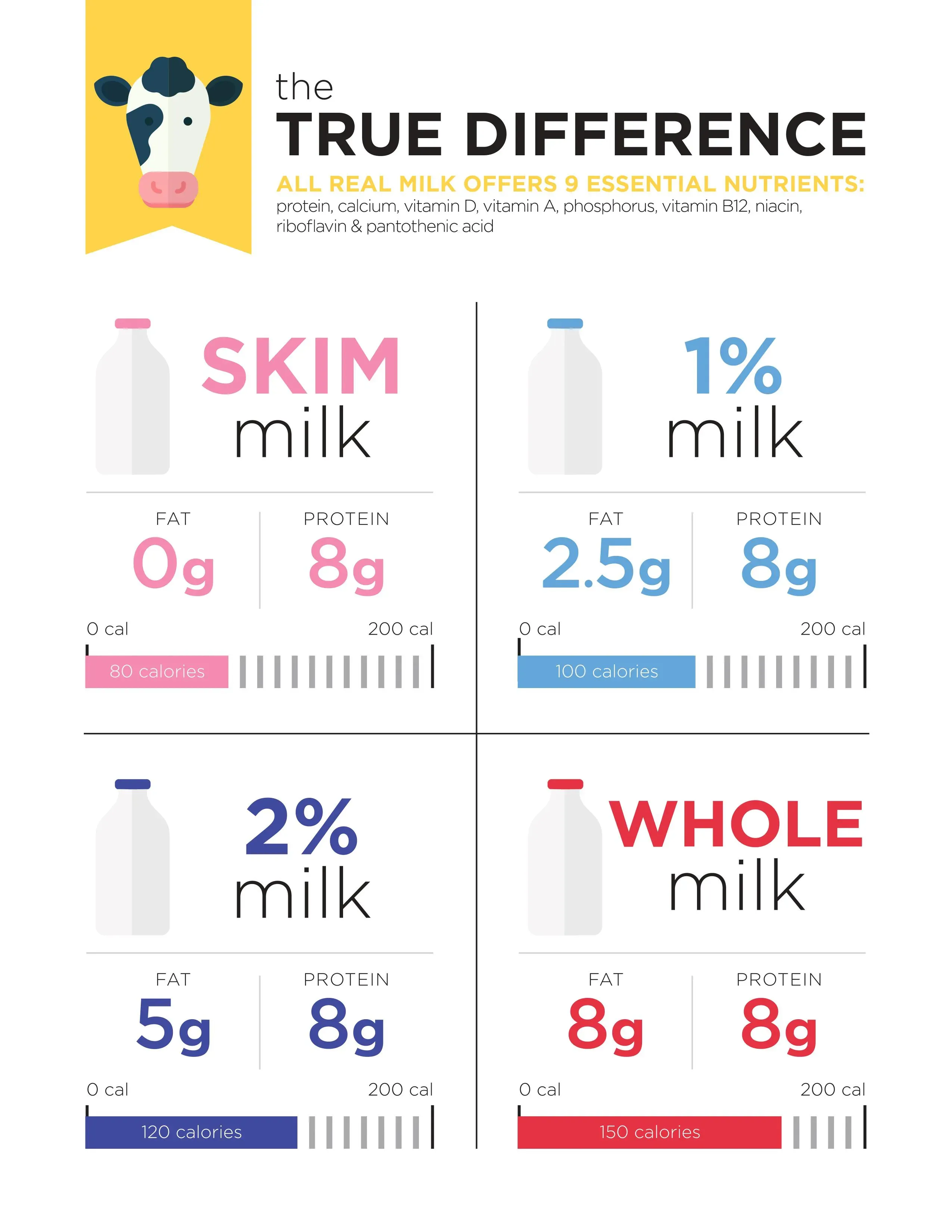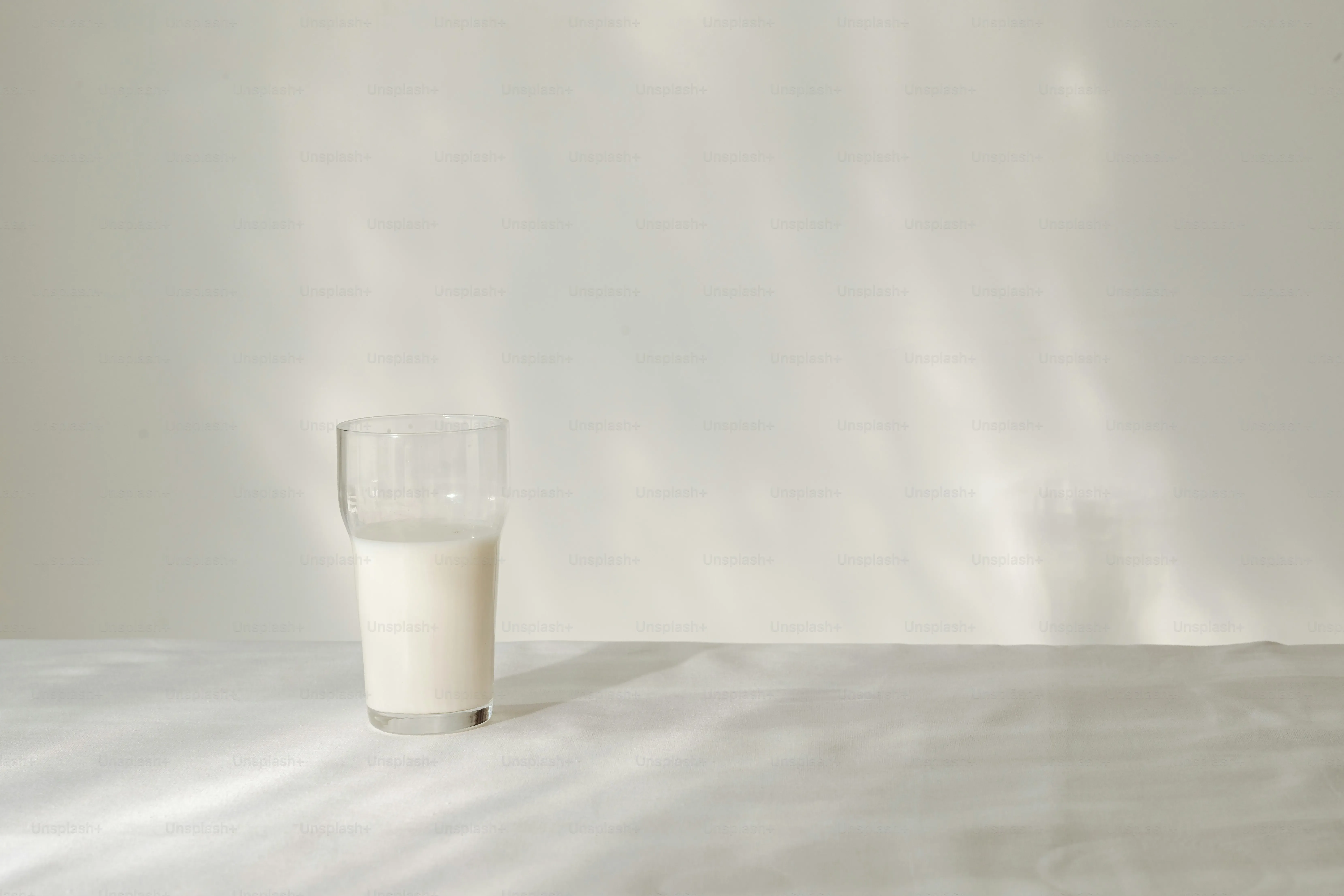Table of Contents
Walk down the dairy aisle these days, and the choices seem endless. Whole milk, 2%, 1%, and then there's fat-free, often labeled as skim. For years, we heard the message loud and clear: fat is bad, so go for the lowest fat option possible. This advice pushed many towards skimmed vs low fat milk, believing they were making the healthier choice by cutting calories and saturated fat.
What's the Real Difference Between Skimmed vs Low Fat Milk?

What's the Real Difference Between Skimmed vs Low Fat Milk?
It All Comes Down to the Fat Percentage
Alright, so you're diving into the milk aisle mysteries. Let's cut to the chase on what separates skimmed vs low fat milk. It's pretty straightforward, really. The main gig is the amount of milk fat left in the liquid after processing. Think of whole milk as the baseline, coming in at around 3.25% fat. When you start pulling that fat out, you get the others.
Low-fat milk typically means 1% milk fat. That's right, just one percent. Skim milk, on the other hand, goes further. It's often called fat-free milk because it contains less than 0.5% milk fat, sometimes getting as low as 0.1% or even less. The process involves spinning the milk in a centrifuge to separate the cream (which is mostly fat) from the liquid milk.
Beyond the Number: What That Fat Difference Means
Now, that percentage difference might sound small, going from 1% to less than 0.5%, but it changes a few things. For starters, calories. Fat is calorie-dense, so pulling more of it out means fewer calories per glass. That's the main reason folks historically gravitated towards skimmed vs low fat milk – calorie counting was king.
It also affects the texture and taste. Skim milk can feel thinner, almost watery, compared to the slightly richer mouthfeel of 1% milk. Some describe skim milk as having a less creamy taste, which makes sense when you consider most of the creamy part (the fat) has been removed. Think of it like the difference between a full-bodied soup and a light broth; both are liquid, but one has a bit more substance.
Here's a quick look at the typical fat content:
- Whole Milk: ~3.25% milk fat
- Reduced-Fat Milk (2%): 2% milk fat
- Low-Fat Milk (1%): 1% milk fat
- Skim Milk (Fat-Free): Less than 0.5% milk fat
Beyond the Fat: Comparing Nutrients in Skim and Low Fat Milk

Beyond the Fat: Comparing Nutrients in Skim and Low Fat Milk
It's Not Just About Removing Fat
so we've established that skim milk has significantly less fat than 1% low-fat milk. Big shocker, right? But here's where it gets interesting. When you strip away the fat, you're not exactly stripping away all the goodness. Both skimmed vs low fat milk are fortified with vitamins A and D, which are fat-soluble. This means they are added back in after the fat is removed. And the real heavy hitters – protein and calcium – remain largely the same. A glass of skim milk packs pretty much the same protein punch as a glass of 1% or even whole milk. Same goes for calcium, that bone-building stuff. So, if you're drinking milk for these core nutrients, the fat content makes surprisingly little difference.
Saturated Fat: Reconsidering the Skim vs Low Fat Milk Debate

Saturated Fat: Reconsidering the Skim vs Low Fat Milk Debate
Rethinking What We Knew About Dairy Fat
For decades, the prevailing wisdom hammered home one point: saturated fat is the enemy, a direct line to clogged arteries and heart trouble. This fear heavily influenced the push towards skimmed vs low fat milk options. The logic was simple – less fat equals less saturated fat, therefore healthier. Doctors, dietitians, and public health campaigns all sang from the same hymn sheet. We diligently poured skim milk on our cereal, believing we were protecting our hearts with every gulp. But science rarely stays still. Over the last few years, a growing body of research has started poking holes in this long-held belief, particularly when it comes to saturated fat found in dairy.
What if the saturated fat in milk isn't the villain we made it out to be? Some studies suggest that the "food matrix" – how nutrients are packaged within a food – matters. The saturated fat in dairy comes bundled with other nutrients like calcium, vitamin D, and beneficial fatty acids, which might influence how our bodies process that fat. It's not a free pass to consume unlimited saturated fat from all sources, but it does suggest the relationship between dairy fat and heart health is more complex than a simple "fat equals bad" equation. This shift in understanding is definitely shaking up the skimmed vs low fat milk debate.
Quick questions about dairy fat:
- Does saturated fat from all foods affect the body the same way?
- Could the other nutrients in milk change how dairy fat is processed?
- Are older studies on saturated fat too simplistic?
Choosing Your Pour: Is Skimmed vs Low Fat Milk Right for You?

Choosing Your Pour: Is Skimmed vs Low Fat Milk Right for You?
It Depends Entirely on What You Need (or Want)
So, after wading through the fat percentages and the evolving science on saturated fat, you might be wondering: which carton should I actually grab? The honest, slightly unsatisfying answer is, it depends. There's no universal "best" milk for everyone. Your choice between skimmed vs low fat milk really comes down to your individual dietary needs, your overall eating pattern, and frankly, what you enjoy drinking. If you're strictly counting calories and every last one matters, skim milk offers the lowest calorie count per serving while still giving you that protein and calcium boost. It's a nutrient-dense option if you're focused purely on minimizing fat and calories from beverages.
On the other hand, if a little bit of fat helps you feel more satisfied, or if you simply can't stand the thinner texture of skim milk, 1% low-fat milk is a perfectly reasonable choice. The calorie difference per glass isn't massive, and you still get all the essential vitamins and minerals. Plus, if the slightly richer taste of 1% means you'll actually drink it and get those nutrients, that's arguably better than pouring skim milk down the drain because you hate it. Don't underestimate the power of actually consuming the food you buy.
Considering Taste, Satisfaction, and the Bigger Picture
Think about how milk fits into your day. Are you splashing a tiny bit on cereal? The difference between skimmed vs low fat milk there is negligible. Are you drinking a big glass by itself? Then the taste and how it makes you feel afterward might matter more. Some people find the small amount of fat in 1% milk helps them feel fuller, longer. This could potentially mean you're less likely to snack on something less healthy later.
Consider what else you're eating. If your diet is otherwise very low in saturated fat, including 1% or even whole milk might not be an issue at all, given the newer research on dairy fat. If you're getting saturated fat from lots of other sources, opting for skim might be a way to keep your overall intake in check, assuming that's a goal for you. It's less about one food being inherently good or bad and more about how it fits into the entire dietary puzzle you're building.
Which milk sounds better for your morning coffee?
- Skim: For minimal calories and a light texture.
- Low-Fat (1%): For a slightly creamier feel without much added fat.
- Whole: If you really value richness and aren't concerned about the fat content.
Picking Your Milk: It's More Than Just Fat
So, after looking at the numbers and the shifting views on saturated fat, where does that leave us on the skimmed vs low fat milk question? Both options deliver a solid dose of protein and calcium without the higher calorie count of whole milk. The difference in fat, while present, isn't vast between the two. The old directive to blindly avoid all fat is being re-evaluated, suggesting that moderate saturated fat from sources like milk might not be the dietary villain it was once portrayed as. Ultimately, the choice comes down to your personal preferences, calorie goals, and how the rest of your diet looks. Neither is inherently "bad," just slightly different players on the same team providing essential nutrients.
